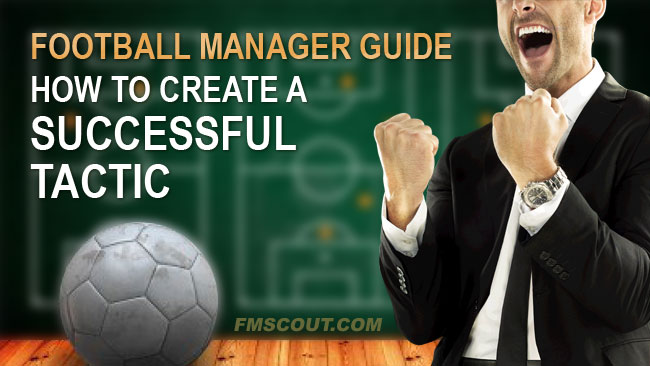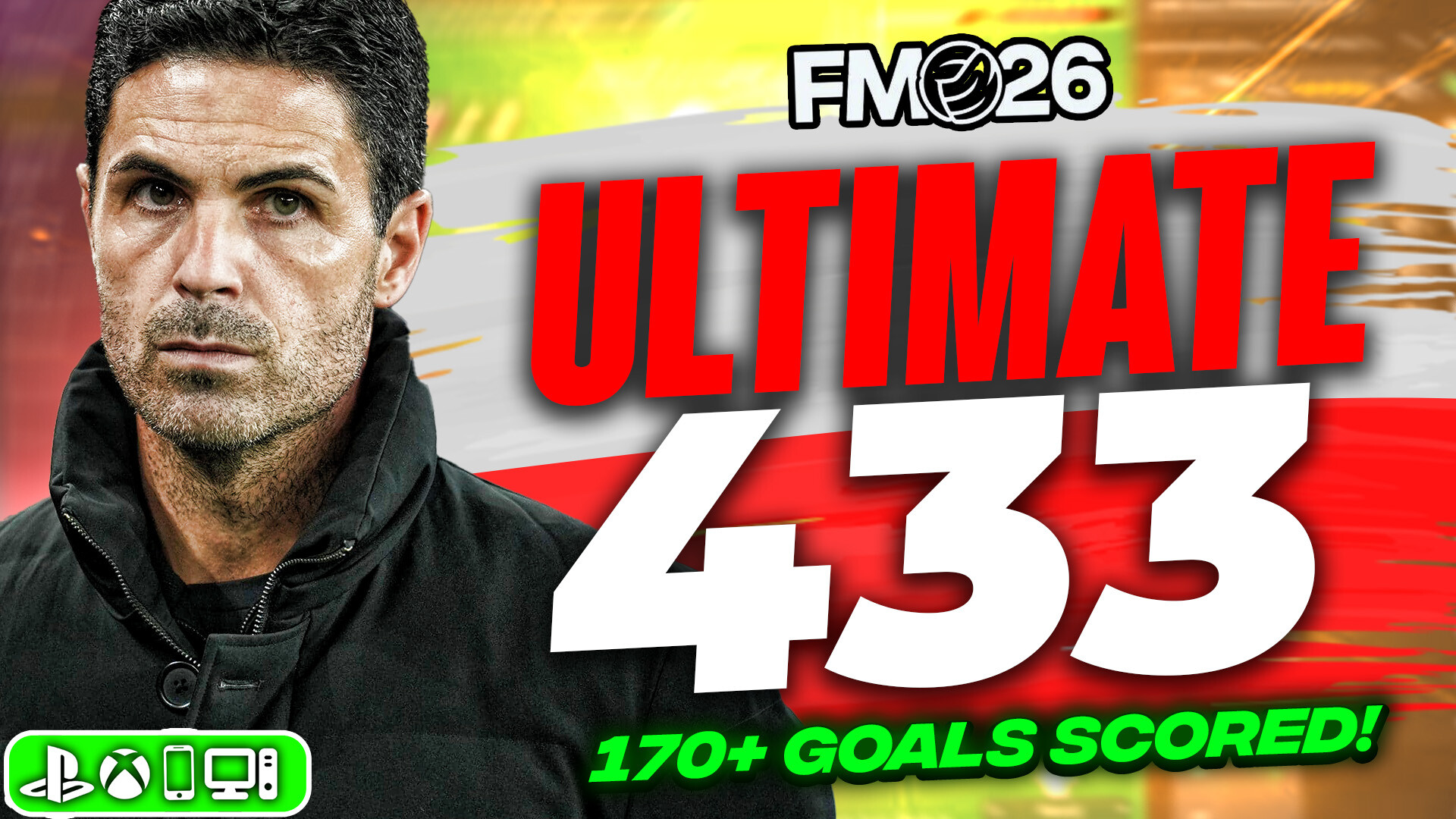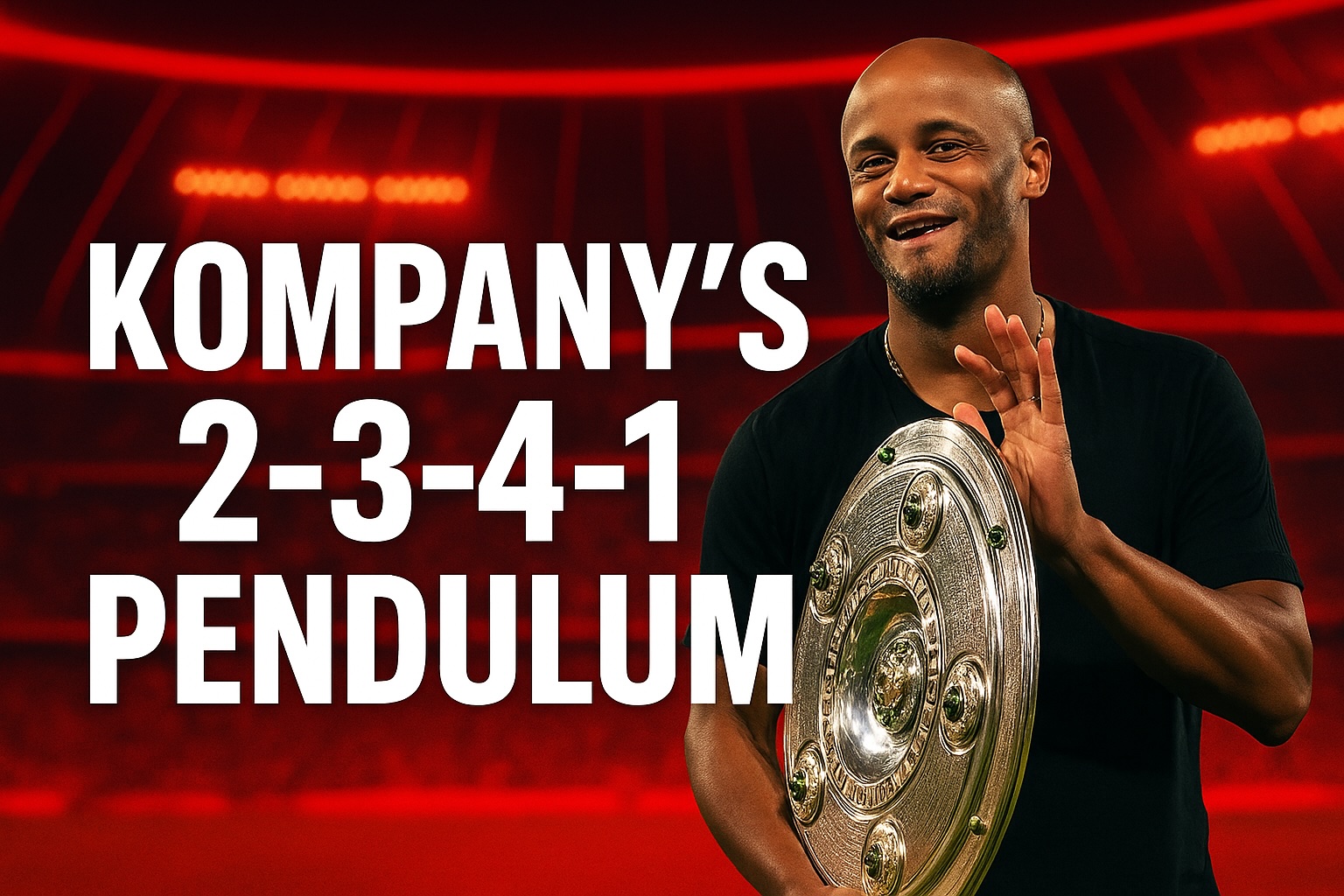
Formation
Written by RabladorThe formation you play is without a doubt the backbone to any successful, or indeed unsuccessful, tactic. Of course, you could just roll with a basic 4-4-2 or 4-3-3 and still reap some benefits, but sometimes it’s the most original; the most abnormal formation which proves to be the most successful. However, choosing that “world-beating” formation is far from easy.
When picking your formation, it is important to remember to work with what you’ve got. Feel free to experiment with weird formations to some extent, but there really is no point in choosing a heavily defensive-minded formation if you’re lacking in defenders, or a formation which utilizes three strikers up front when you only have five in your entire squad. Of course, there is always the transfer market to further strengthen certain areas of your squad, but remember that you’re not always guaranteed to get any of your transfer targets, so choosing a formation that works with your current roster of players is the safest bet.
Next, bear in mind that your formation doesn’t have to be symmetrical. It goes without saying that sometimes, weird is best, so don’t be afraid to try out one winger and one wide-midfielder simultaneously or anything like that. Pre-season is the perfect time to try out new tactics without anything at stake whatsoever, so don’t be afraid to line up a little differently than normal. However, as obvious as this may sound, don’t go doing anything stupid – putting everyone to one side of the pitch is not a good idea!
If you do choose to have multiple tactics at your disposal for one team, try to set each one to a formation that will match your situation when using them. For example, if you’re looking for a defensive tactic to use against much better teams, perhaps going for 5 (or at least 4) at the back is the correct choice. The same goes for an all out attack formation; just because you only play with one striker normally shouldn’t mean you have to here - when in desperate search of goals you’re going to need to attack in numbers, regardless of your usual style of play.
Finally, and this is an important one, we probably all have (or at least will obtain as the save goes on) a favourite tactic, complete with a formation integral to its success. However, there is no “wonder-tactic” to cheat FM that is guaranteed to win you every game, and as such your preferred formation is unlikely to be successful wherever you go. Therefore, you have to be prepared to change formation when things just aren’t working out – if your tactic of choice just isn’t winning you games, change is adamant. At the end of the day, all good things must come to an end, and if saying goodbye to your formation that won you the league at your old club is necessary, you must be willing to do what is required of you.
Hopefully, you can take these factors into account when creating your formation for your tactic, and I wish you the best of success, wherever your tactic takes you.




![TinyHips' Dark Mode Skin v4.4 [Win + MacOS] *UPDATED FM26.0.5*](assets/downloads/fm26/fm26-dark-mode-skin.th.png)
![[FM26] Leagues Mega Pack by @Timo@ (174 Nations + 17 Feminines) + 4 Utilities](assets/downloads/fm26/fm26-leagues-pack-by-timo.th.png)





Discussion: How to create a successful tactic on Football Manager
19 comments have been posted so far.
Change Log 27/05/2017
5. Team Instructions - Completely revamped to reflect recent changes in FM
14. Sideline Shouts - Page added to reflect importance of sideline shouts
but anyway, I still confuse. about attack near post and near post flick on,what kindof player should be suite? I mean, if we have good header,then why we ask him to flick instead of attack directly to the goal?and if we have player at far post who great header,why we didnt give the ball to him,but flick from near post instead?
and what about stand on far post? I quite didnt understand. so this just distraction? not the goal scorer?
how about attack from deep?
Freekicks:
I'm afraid that you're unable to have two free kick takers for the time being ( at least, to my knowledge), so you would have to suffice with having one of Ronaldo / Bale taking both free kicks around the box, as well as further up field.
Aiming a free kick towards the best header is normally used when a shooting opportunity is not on - so, for example, if a free-kick is from a wider position, the free-kick will be aimed towards the player who has the best heading attributes.
Taking a long free-kick means that if you have the ball deep in your opponents half, the ball will be passed up field in a more direct manner, instead of passing the ball short, and keeping hold possession. Choosing a long freekick is best if you're playing a more direct tactic, where as a short free kick is best if you have players that can play with a fast tempo and small passes.
Corners:
A near post flick would require a player to essentially 'flick' the ball backwards towards either the center of the box, or towards the far post - a good example of this in real life could be seen with Manchester City. Often during matches Demichelis flicks the ball backwards for someone else to score. If you were to use this, then make sure to have players placed both centrally and attacking the back post.
Attacking near post is where the player attack the ball at the near post in an attempt to score. This differs to the near post flick on as the near post flick on does not try to score - simply move the ball on in order to allow someone else to score. If you're going to use this, then make sure the player who's attacking the near post has good attributes in the following areas: Heading, Jumping reach and strength. Other attributes that can be included are Balance and Bravery.
I hope this cleared things up for you! :-)
I don't think that there is a way of setting different players to take long and short range free kicks. Usually, the players that are good at free kicks tend to be
corner kicks too. Also, long will play a long ball into the box as far as they can, whereas best header will go higher, for the best header of the ball to jump up and head it as no one else can reach,
The difference between each of these is actually quite big. Attack near post will make your player run to the near post and attempt to head the ball in. On the other hand, near post flick on will make the player at the near post head the ball to the far post over the defenders instead of shooting himself. Attack far post is similar to attack near post, as the players will try to head the ball in at the far post, and I think Stand on far post will attempt to distract other team defenders and create space in the area.
Free Kick
my problem on this set piece ,is , FM is sometime unreasonable. for the free kick from very long distance,where player would pass it to another team mate instead of shot on goal, they put my free kick taker here,which is not effetive. I mean,if you see real madrid , they would put cristiano ronaldo or gareth bale as free kick taker ,from reasonable range to shot on goal. if the free kick place is too far to be shooted, then xabi would take instead ,so he could aim the ball better. but in fm, this doesnt happen. all free kick would taken by ronaldo ,except the free kick from touchline..
any souliton?
I also didnt understand,what is "long" option on free kick aim optin mean?
couldnt it become "long and to best header"?
corner kick
any explanation about the different between "near post flick on" and attach near post?
how about "atack from deep and lurk outside area'?
and "attack far post" with "stand on far post"?
I didnt know which is the right time to chose them.
Kudos!
@Bert: Thank you for contributing. We have some new guides in the works, I'll ask you for more contributions soon
Thanks for this fantastic guide.
Just one thing I would like to mention... earlier, according to my experience it is not the best option to mark tightly a pacey opponent as they will be able to lose your defender who is not that fast...
what do you think?
Good read for the other sectors, and really good help in the parts that I'm not as comfortable with.
Nice guide all round!